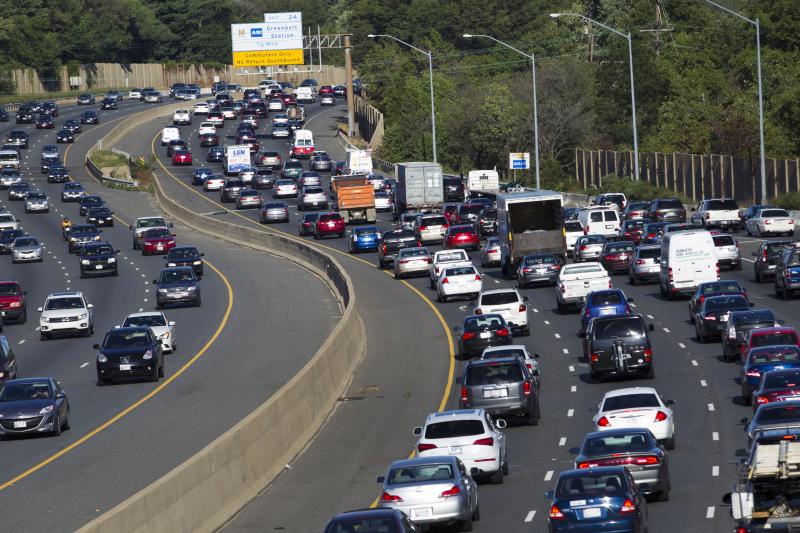
An overwhelming majority of New York voters oppose the new $15 “congestion toll” that is set to take effect in June. According to a Siena College survey, 63% of voters oppose the toll, with only 25% supporting it.
The concept behind the controversial proposal is simple: tax people for entering highly congested areas, thus reducing traffic.
The plan would impose a $15 toll on cars traveling below 60th Street between 5 a.m. and 9 p.m. on weekdays and 9 a.m. to 9 p.m. on weekends, dropping to $3.25 at night. “Nearly one-third of New Yorkers say they will either travel less to Manhattan or find ways other than driving to get there,” said Siena College pollster Steven Greenberg.
If enacted, New York would be the first state with a congestion pricing plan. It makes sense no state has pursued such a tax, considering opposition is one of the only issues that unifies voters across party lines: 75% of Republicans and 54% of Democrats are opposed.
“Congestion pricing means cleaner air, better transit and less gridlock on New York City’s streets,” Governor Kathy Hochul said. Or does it? Three lawsuits out of New York are challenging the congestion plan, arguing it would actually increase air pollution by encouraging new traffic patterns. “How is that not going to be a violation of the green amendment? Because it is certainly going to affect the quality of the environment for these communities,” said Alan Klinger, an attorney fighting the toll.
New Jersey Governor Phil Murphy has brought suit against the toll as well, arguing that it unfairly targets New Jersey residents traveling into the city for work.
The courtroom challenges have not yet proven to change New York Governor Kathy Hochul’s stance on the toll, but hopefully the opposition from New York voters will.
Behind the obvious pain of imposing a new tax on some of the most taxed people in the country is the revenue generated from the tax will help go to bailout the MTA (Metropolitan Transit Authority). The MTA has hemorrhaged funds and dodged reforms. Further, if dissatisfied riders leave the system, they will pay more of the congestion toll and still see their money go to the MTA. This reduces the incentive for the agency to improve service.

